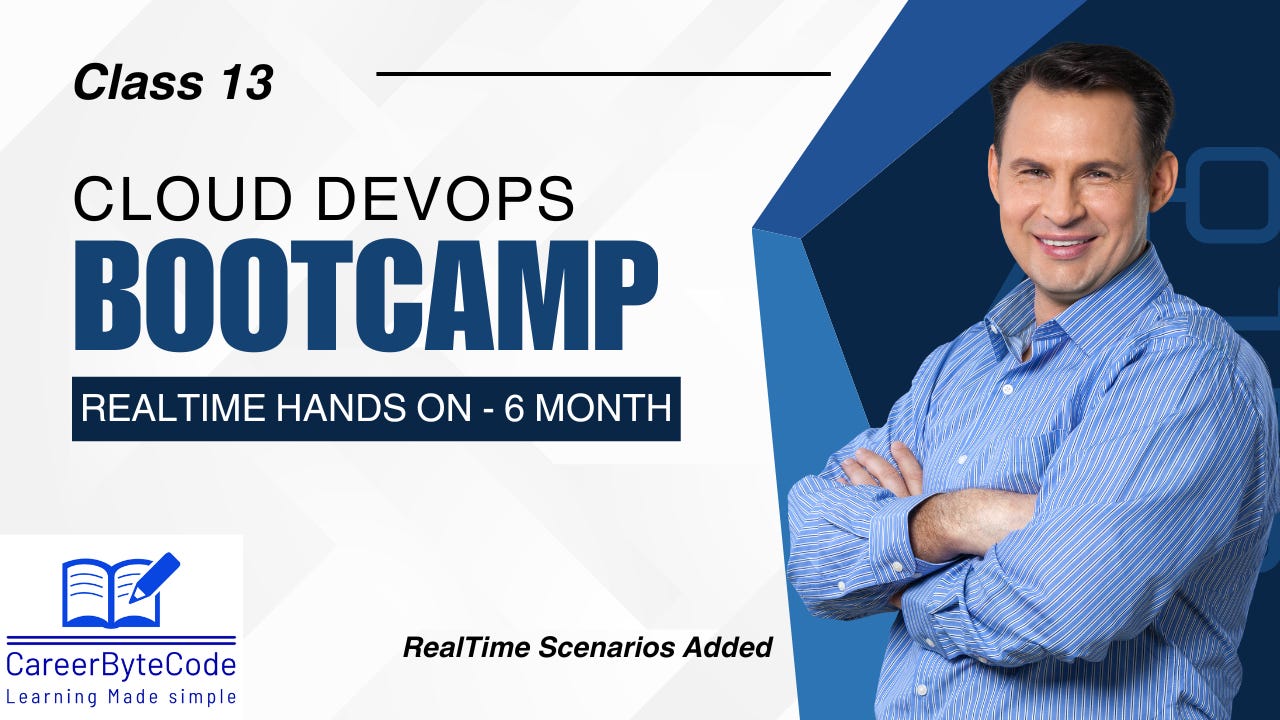Class13 - Ansible Playbooks for Beginners: Key Techniques for Running, Testing, and Planning Your Automation Tasks
we dive into the essentials of Ansible automation, covering key concepts like playbook syntax checks, dry-run execution, and environment setup for a 3-node Azure infrastructure.
In today's class, we deep dive into Ansible Automation, guiding you through setting up a powerful automation environment and learning essential troubleshooting techniques!
🔹 Ansible Administration Lab Setup
Step-by-Step Setup: Learn how to configure a 1-server, 2-client environment in Ansible with a hands-on lab.
Perfect for beginners: Get to grips with setting up and managing Ansible environments with ease!
🔧 What is Ansible? Why is it Crucial for Automation?
Ansible Core Purpose: Understand the heart of Ansible and its importance in configuration management, application deployment, and task automation.
🤔 Ansible vs Terraform: When to Use Which?
Repair vs Replace: Learn when to use Ansible for configuration management tasks and Terraform for provisioning infrastructure.
🌐 Ansible Environment Setup
Step-by-Step Setup: Set up a 3-node infrastructure on Azure Cloud for Ansible automation.
🛠️ Ansible Troubleshooting Tips
Indentation Issues in Playbooks: Learn how to check for common indentation errors that can break your playbooks.
Check Syntax: How to validate your playbook’s syntax to ensure it runs smoothly.
Dry Run: Learn how to run a playbook in dry-run mode to preview changes without making any actual modifications.
Planning Your Playbooks: How to plan and structure your playbooks before writing, using Ansible modules for efficiency.
📝 Class Plan:
We’ll start with lab setup and move on to advanced troubleshooting techniques. By the end of the class, you’ll be confident in Ansible automation for real-world use cases.
🌐 Check out the full class and live recordings here:



